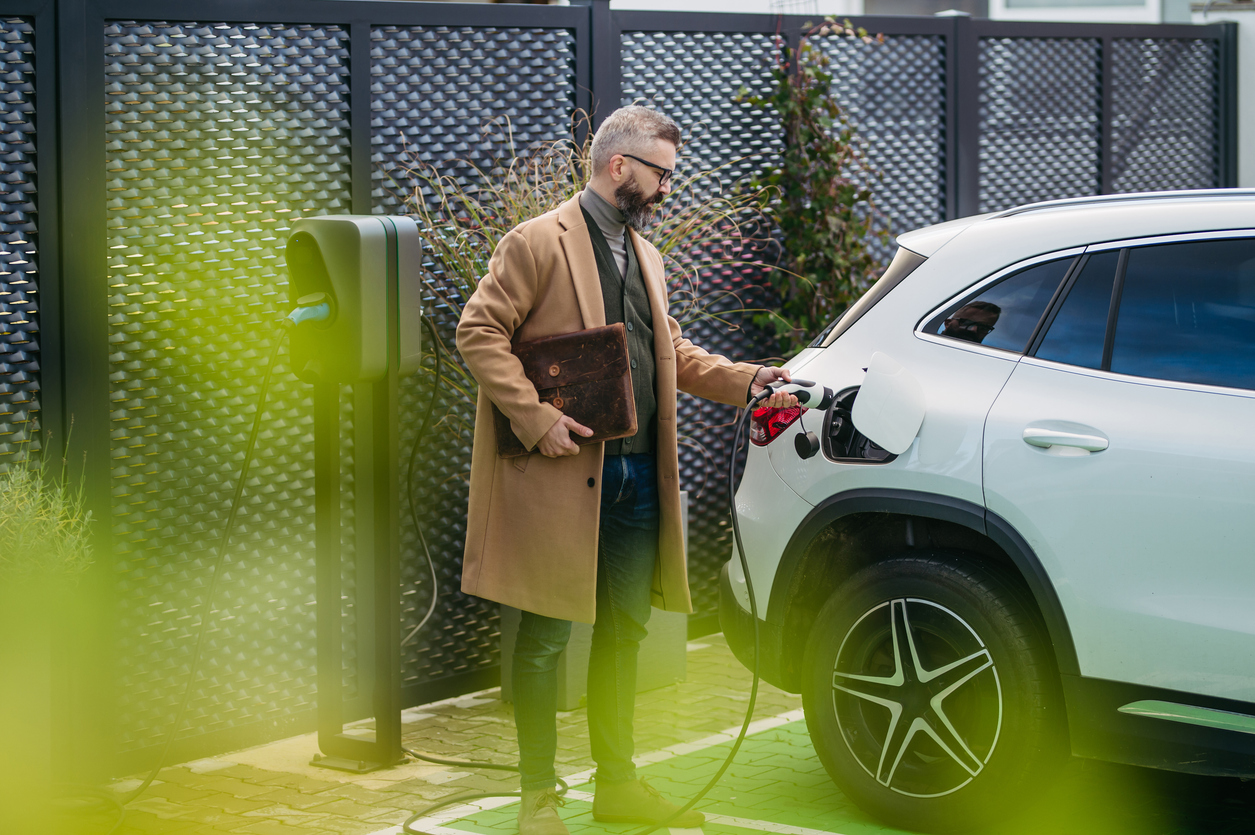We cannot overlook the consistent strength and energy CEOs have and are still putting or contributing to the driving innovation and steering the future of Electric Vehicles. All that we have today that is with Electric vehicles, CEOs make it happen with their advanced thinking and strategy.
Whether it’s a new charging idea, long-lasting battery, or better software, these company heads lead the charge.
Even when we check popular car platforms like Dyler, the rise in electric vehicle listings shows just how fast the shift is happening, thanks to the bold steps taken by these CEOs.
Bold Moves, Big Results
CEO leaders are investing significantly into electric automobiles as they stake themselves and their organizations' reputation on such vehicles. Electric vehicles served merely as experimental projects several years before. But now, they are everywhere.
Electric vehicles are now visible during traffic jams as well as parked at charging stations and also appear during used car sales online. This transformation has not occurred randomly.
Elon Musk serves as a good illustration as the Tesla CEO. Through his efforts electric vehicles reached a point where the public began to value them as fast intelligent vehicles together with their environmental benefits.
He didn’t wait for trends. His company executed two key initiatives which included battery factories alongside solution updates that refreshed old vehicles without requiring a purchase of new ones.
But he is not alone. The CEO of General Motors Mary Barra declared through an announcement that the automotive company will cease manufacturing petrol and diesel vehicles before 2035.
This is a huge move. The company has committed completely to producing electric vehicles exclusively. She supported her words with vast financial investments into research and new factory construction.
Technology Meets Business Sense
Business leaders understand customers will not purchase goods exclusively because they are new to the market. It has to solve a problem. The heads of these companies implement innovative business strategies which improve the utility of electric vehicles.
Take the example of charging. Numerous individuals face anxiety about power depletion while they are in secluded areas. The current focus by companies includes development of speedier charging technology alongside establishing new charging infrastructure across their networks.
CEOs conduct collaborations that include technology companies and governments in order to advance this possibility.
The top executive at Ford Jim Farley implemented a sturdy battery design into their electric trucks which provides power to other devices. During blackouts your vehicle can operate as a power source to recharge your house. The approach which resolves actual world problems represents this type of strategic thinking.
Smart Partnerships
No one builds success alone. External organization partnerships developed by CEOs provide them with extensive business opportunities to expand their operational growth speeds.
Auto manufacturers work alongside battery providers and tech organizations and startup software developers for expanding their business operations.
The software solutions Google supplies for automotive systems reach many of the automotive production companies in the industry through their partnerships.
The combination of superior navigation technology occurs when organizations form partnerships to create systems that merge voice commands with digital assistant systems.
Volvo CEO Jim Rowan states that the company work with strategic tech partners allows Volvo to focus on design safety and power management by delegating software production responsibility to its technology partners.
A number of executives collaborates with nearby power companies to enhance initiatives. Why? Low energy demand times enable drivers to perform vehicle charging operations at reduced rates during nighttime. Through this power grid engagement method drivers receive advantages that help both operators and themselves.
Local Jobs and Factories
The talented management behind extraordinary vehicle development generates dual benefits to their nearby economic systems. New battery facilities have been established by executives while the company simultaneously hired workforce members and provided industrial training beyond standard car sales knowledge to its staff.
Current industrial observations demonstrate this particular relationship between Germany and the United States. Factories producing EVs have a rapid development trend that occurs within reduced travel time from small urban areas.
Local businesses flourished through factory personnel while establishment of factories resulted in road development and employment creation.
Herbert Diess supported local Volkswagen production at Volkswagen (former CEO) to decrease material transportation distances. Mathematical production methods cut production expenses but simultaneously protect the natural environment.
What’s Next?
The advancement continues moving toward surpassing automotive products. CEOs are thinking beyond that.
Leaders with long-term perspectives envision connected autonomous vehicles because this system enables vehicles to detect threats thus enabling passengers to relax before their autonomous driving experience.
Company heads seek superior ways to power vehicles with solar while developing new battery technology and recovering materials as automotive feedstock. Firms are currently developing electrical flying taxis to enter commercial markets.
Present-day CEOs lead through active participation because their leadership adopts practical initiatives even when certain ideas prove unsuccessful. The development of new automotive products with safety features available to future customers takes up most executive management time.
Wrapping Up
Society should recognize the innovative leadership of those in charge of the electric vehicle movement. The group of executives led by Elon Musk and Mary Barra serves to define organizational directions by employing their progressive leadership approaches.
Leadership power leads to the development of new automotive elements combined with accelerated charging capabilities that generate employment opportunities.









